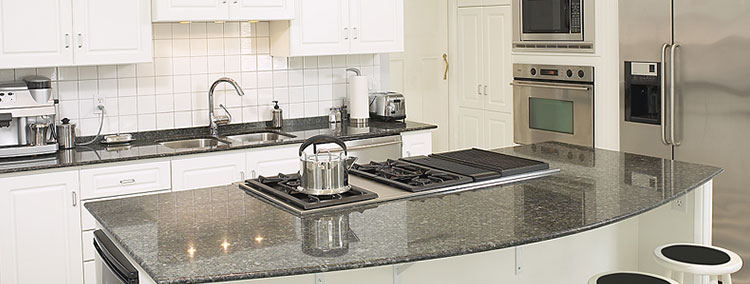
Many homeowners term dishwashers as the most expendable kitchen appliances as the act of cleaning dishes is a mere convenience. After all, you can clean the dishes with your hands, right?
According to dishwasher repair professionals, owning a dishwasher isn’t all about convenience—it comes with plenty of other benefits. If you are asking, do I need a dishwasher? Here are some of the reasons you should get one:
Dishwashers save time
The time you spend to load the dishes in the dishwasher and hit the start button is minuscule compared to washing and rinsing every bowl, plate, knife, or fork by hand.
Since you have more time in your hands when you clean the dishes with your dishwasher, you can spend the extra time engaging in other activities such as spending time with friends and family, reading, knitting, or tackling other house chores.
Dishwashers are more hygienic.
When cleaning the dishes by hand, you use old sponges that are usually hotbeds for Salmonella and E.coli known to cause food poisoning. Washing the dishes with a dishwasher is an entire ballgame. Since the appliances use hot water, they kill all the germs, which leave your dishes clean and sterilized.
Modern appliances even have the HygienePlus function that ensures maximum hygiene by killing 99.9% of germs. They achieve this by rinsing the dishes at temperatures of up to 70 degrees Celcius.
You can’t do this when cleaning dishes by hand, can you?
Dishwashers save you money.
You might think we are mad when we say dishwashers save money, but this is the case. According to the EPA, most faucets use 2.2 gallons of water per minute.
Dishwashers, on the other hand, use 3 gallons of water per normal wash cycle. So unless you have superpowers and you can clean all the dishes in under two minutes, the dishwasher has got you beat already.
You might argue that dishwashing machines use energy, so you save on your power bill, but a recent study showed that just 10 hand-washing sessions use more energy than needed to build a dishwasher.
Dishwashers save your skin.
The constant act of hand washing your dishes leaves your hands rough and dry, or even cracked and bleeding if you have a commercial kitchen. When using the dishwasher, the work is done by the machine—not you.
This is relieving, especially if you have a large kitchen or suffer from arthritis or carpal tunnel syndrome.
When cleaning the dishes, you are at more risk of dropping your dish or knife, which not only increases the chances of breaking your precious and expensive dishes, it also increases your chances of getting hurt.
Dishwashers are stress reducers.
Many people hate doing dishes. I remember growing up and doing the dishes was the prominent bone of contention between my brother and I. We used to pile the plates up, and I know this is the case with most homeowners.
A recent study showed a direct link between the amount of clutter in the house and stress levels. As the mess piles up, the more stressed someone gets. So when you procrastinate on cleaning the dishes, and you let them pile up, you increase your stress levels.
With a dishwasher, you are less likely to put off cleaning the dishes as you only need to put the dishes in the dishwasher and press the start button.
Dishwasher tips
While dishwashers bring plenty of benefits to the table, you need to use them properly to get the most from them. Some of the tips to consider include:
Keep your dishwasher clean: A dirty dishwasher means dirty dishes, so work at keeping your dishwasher as clean as possible. Every few days, remove the screen and filter then clean your appliance.
Load the dishwasher properly: You need to load your appliance properly for it to clean the dishes properly. The cups should go in the top rack, plates, and bowls on the bottom rack, pots, pans, and baking dishes angled properly for water to reach the inside, and stagger the dishes, so they don’t nest together.
Always aim for a full load: When cleaning the dishes, always aim to run the dishwasher when you have a full load. According to appliance repair Fairfax professionals, this ensures you get the most of the water, energy, and detergent.
The post Do I Need A Dishwasher? Dishwasher Repair Experts Answer first appeared on HVAC Repair, appliance repair.
The post appeared first on Express Appliance Repair